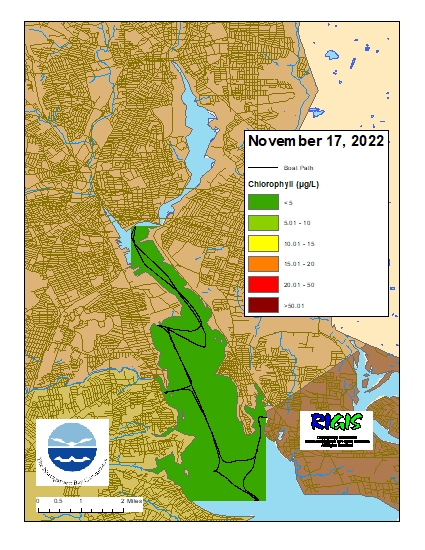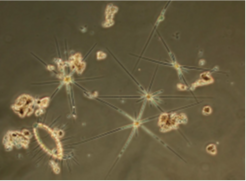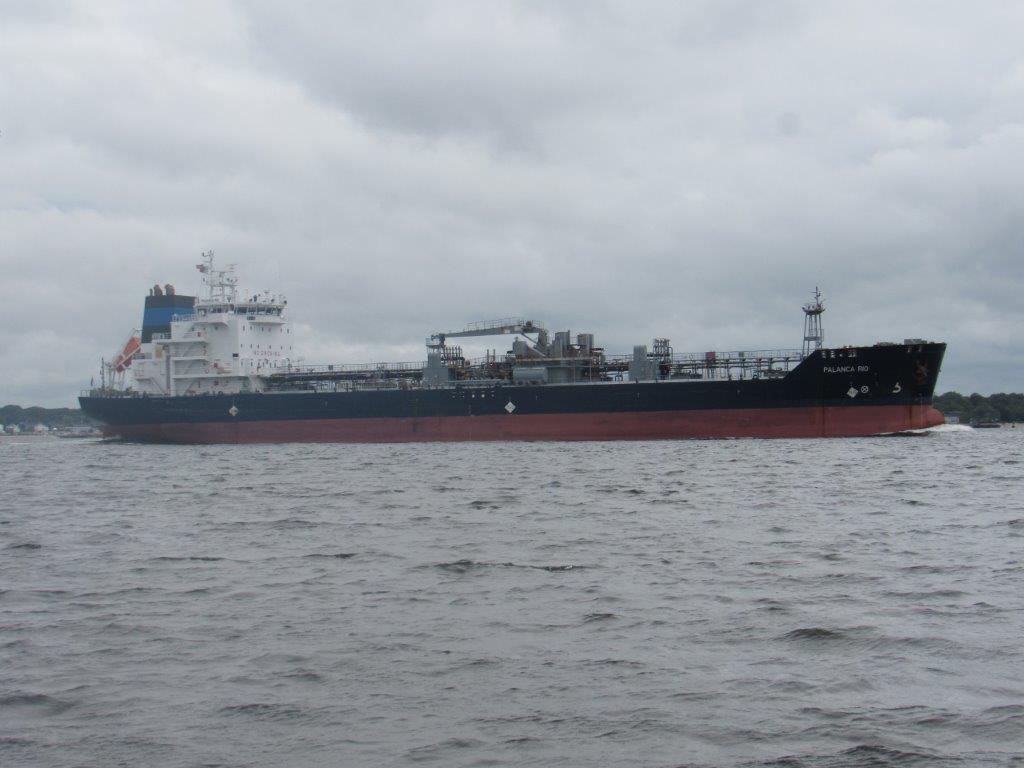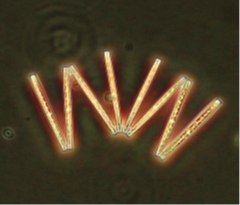Historical News
Water Column Clarity
Water clarity was measured at seven locations in the Providence River estuary on November 17. Rainfall totaling 1.49 inches was recorded at TF Green in the five days prior to the survey. Secchi depth averaged 3.2 meters, compared to 3.5 meters on the previous survey (November 9). The lowest clarity this week (2.0 meters) was measured at India Point Park and Pawtuxet Cove, while the greatest clarity (4.6 meters) was measured at Bullock Reach. There was a general north-to-south gradient of increasing water clarity among the sites this week.
Surface Mapping
Data were collected on November 17, 2022, while the R/V Monitor was underway collecting nutrient samples in the Providence River estuary. The average chlorophyll concentrations were good in the areas surveyed. From north to south, average chlorophyll concentrations were as follows: Upper Providence River (0.36 µg/L), Edgewood Shoals area (0.25 µg/L), Pawtuxet River area (0.57 µg/L), and Lower Providence River (0.66 µg/L). Overall, chlorophyll ranged between non-detectable and 1.29 µg/L with an overall average of 0.51 µg/L. The chlorophyll data from this date are presented in the map below:

Phytoplankton Sampling
Phytoplankton samples were collected on November 17, 2022 at Bullock Reach and analyzed in the laboratory shortly after collection. It was partly sunny and chilly on Narragansett Bay with a slight chop and windy conditions. Sondes data revealed the surface water temperature was 12.58⁰C, salinity was 28.23 psu, and chlorophyll a was 0.75 ug/L. The plankton tow net sample was filterable with a 20 micron mesh. The filtrate was a light tan color and had a quick filter time. The tow net sample was analyzed qualitatively for microorganisms using phase contrast microscopy. The whole water sample was analyzed quantitatively under 200x phase contrast microscopy. A Hensen Stempel pipette was used to accurately deliver 1ml of sample to a Sedge-wick Rafter chamber. This analysis revealed a total of 110,000 cells per Liter. The micro flagellates were found at 96,000 cells/L. The most predominant phytoplankton genus was Skeletonema spp. at 11,000. Representative genera in the tow net sample include Chaetoceros spp. and Pseudo-nitzschia spp. (the wide species).
200x phase contrast image of Chaetoceros spp.

R/V Monitor's Blog
On Thursday, November 17th, the crew of the R/V Monitor was out on the upper Bay collecting nutrients and plankton samples, taking Secchi Disk water clarity measurements, conducting water column profiles using an EXO1 sonde, and conducting real-time surface mapping of water quality parameters, including dissolved oxygen, chlorophyll, water temperature, salinity, and pH, all in an effort to document water quality improvements associated with NBC construction projects. Sara captained the boat while monitoring professionals Tyler, Mike and Amanda collected the samples and data. It was partly cloudy and chilly with winds blowing from the west, resulting in a mild chop on the water. The featured photo shows a cargo ship underway near ProvPort.

Phytoplankton Sampling
Phytoplankton samples were collected on November 2, 2022 at Bullock Reach and analyzed in the laboratory shortly after collection. It was calm, sunny, and cool on Narragansett Bay. Sondes data revealed the surface water temperature was 15.234⁰C, salinity was 25.13 psu, and chlorophyll a was 1.05 ug/L. The plankton tow net sample was filterable with a 20 micron mesh. The filtrate was a light tan color and had a quick filter time. The tow net sample was analyzed qualitatively for microorganisms using phase contrast microscopy. The whole water sample was analyzed quantitatively under 200x phase contrast microscopy. A Hensen Stempel pipette was used to accurately deliver 1ml of sample to a Sedge-wick Rafter chamber. This analysis revealed a total of 115,000 cells per Liter. The microflagellates were found at 86,000 cells/L. The most predominant phytoplankton genus was Skeletonema spp. at 23,000. Other representative genera include Chaetoceros spp. and Pseudo-nitzschia spp. (the wide species).
200x phase contrast image of Thalassionema spp.



